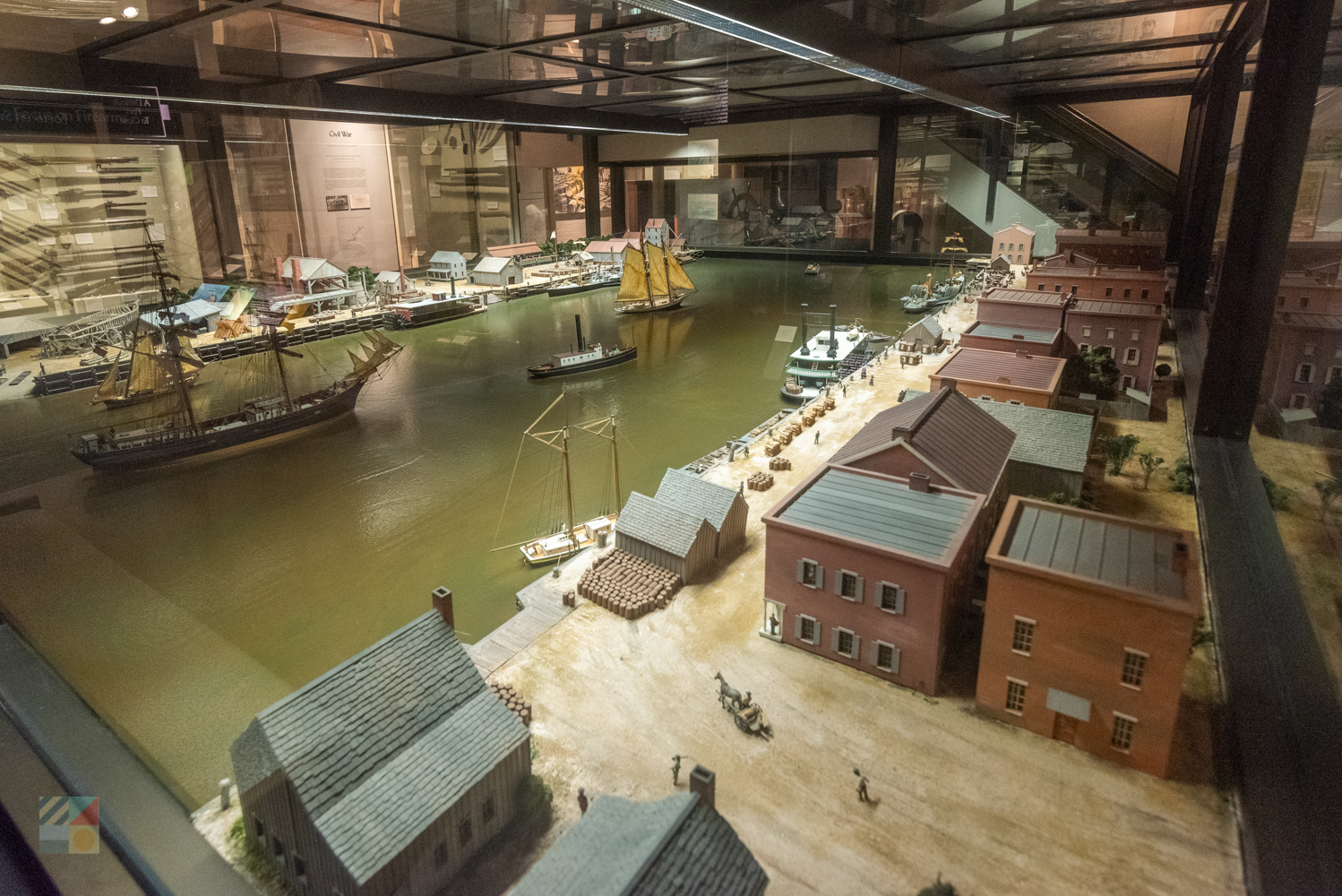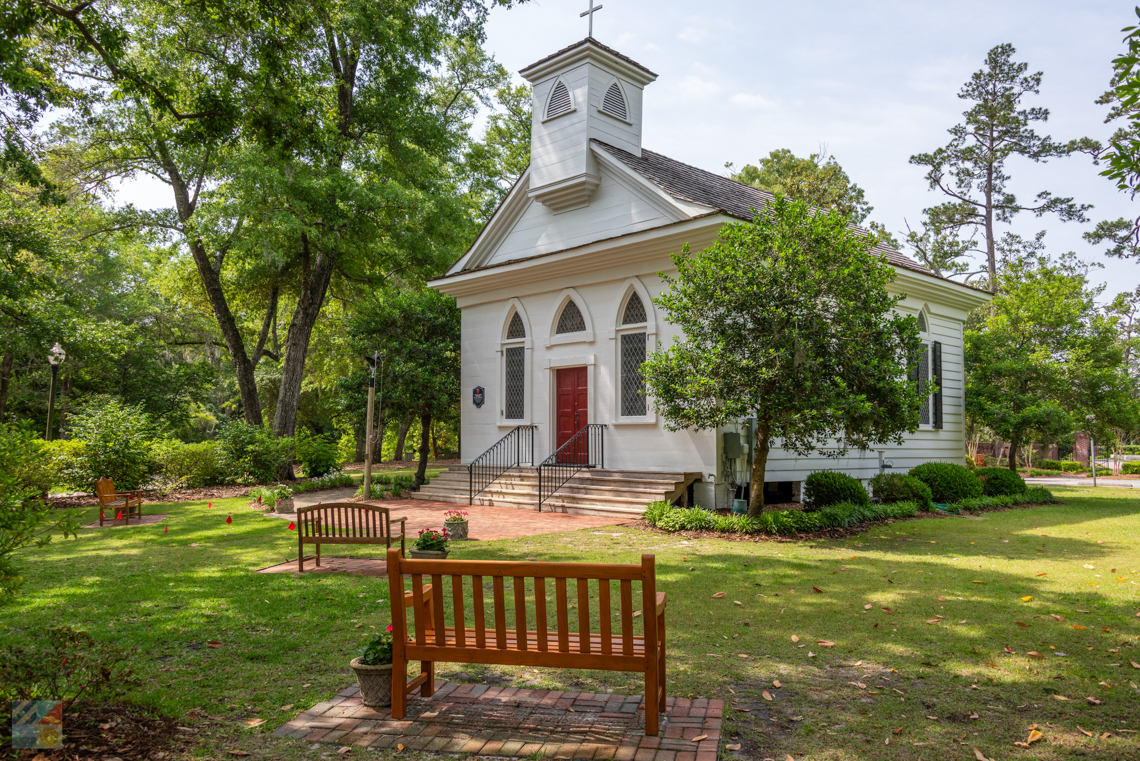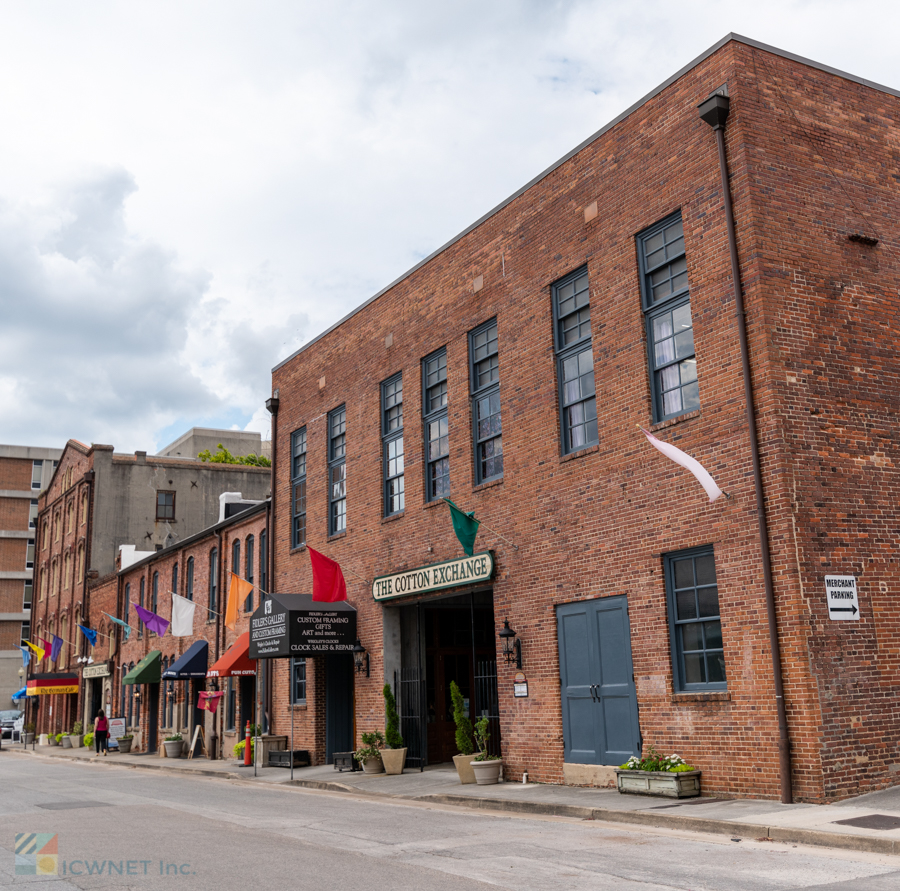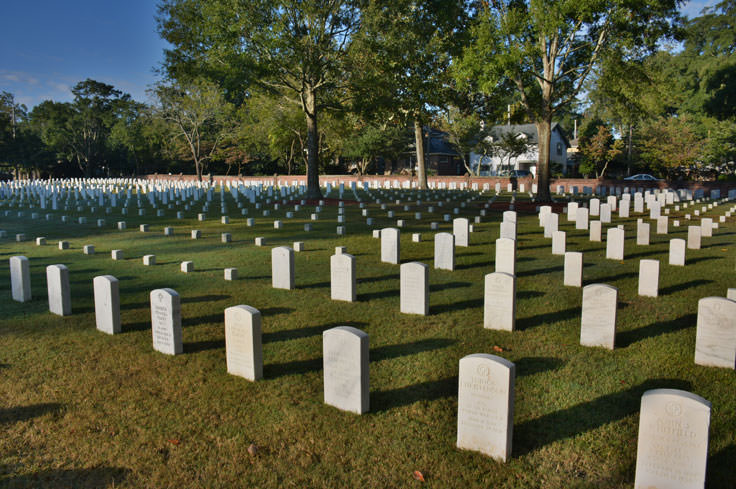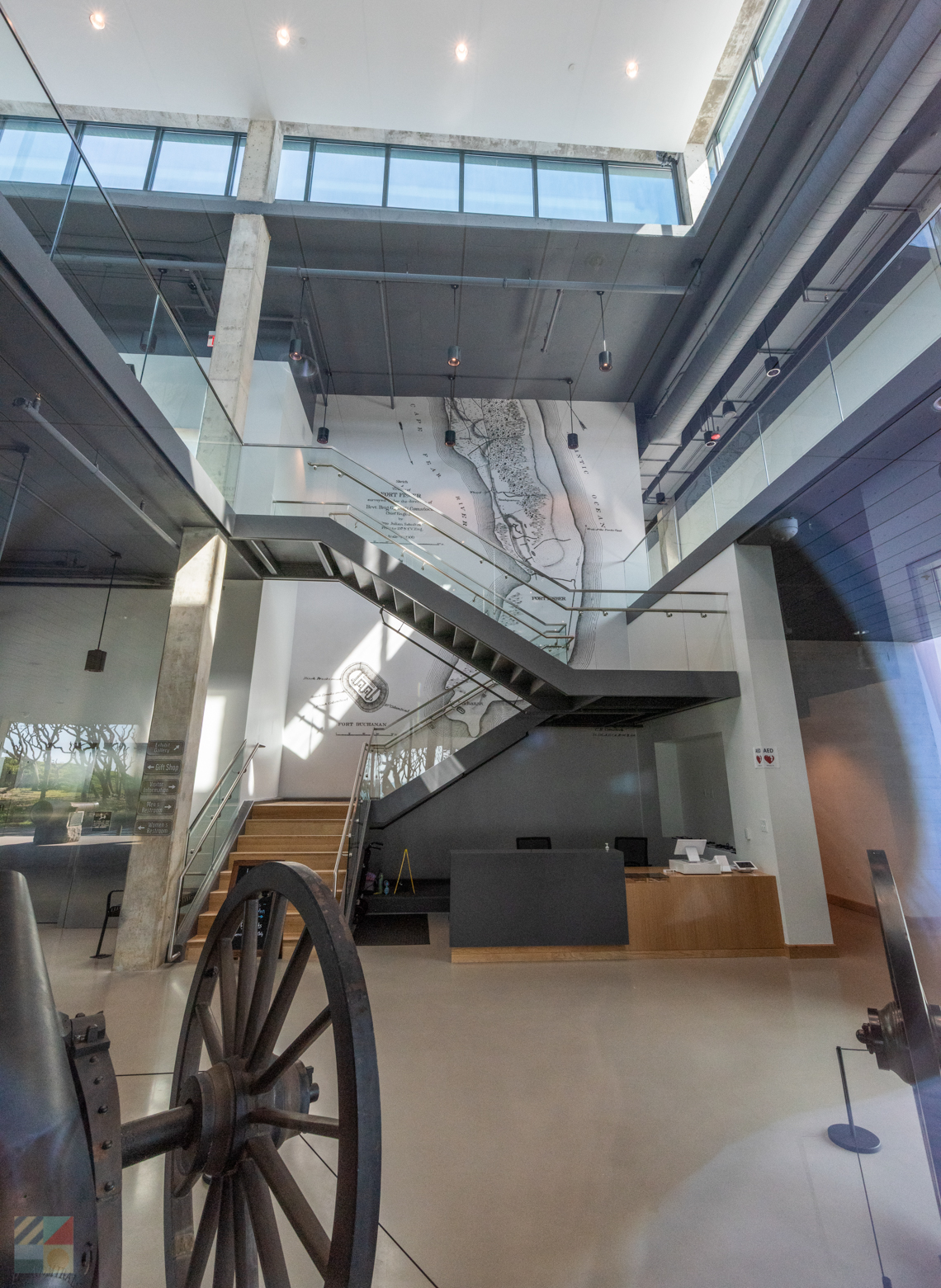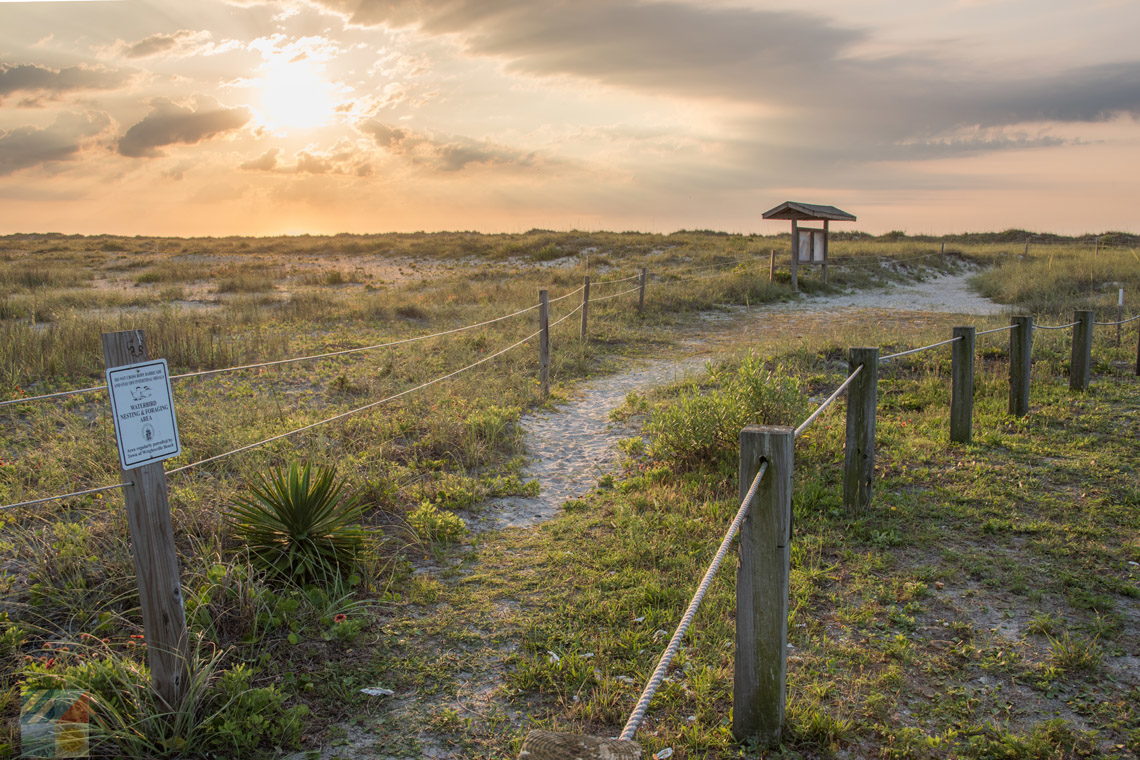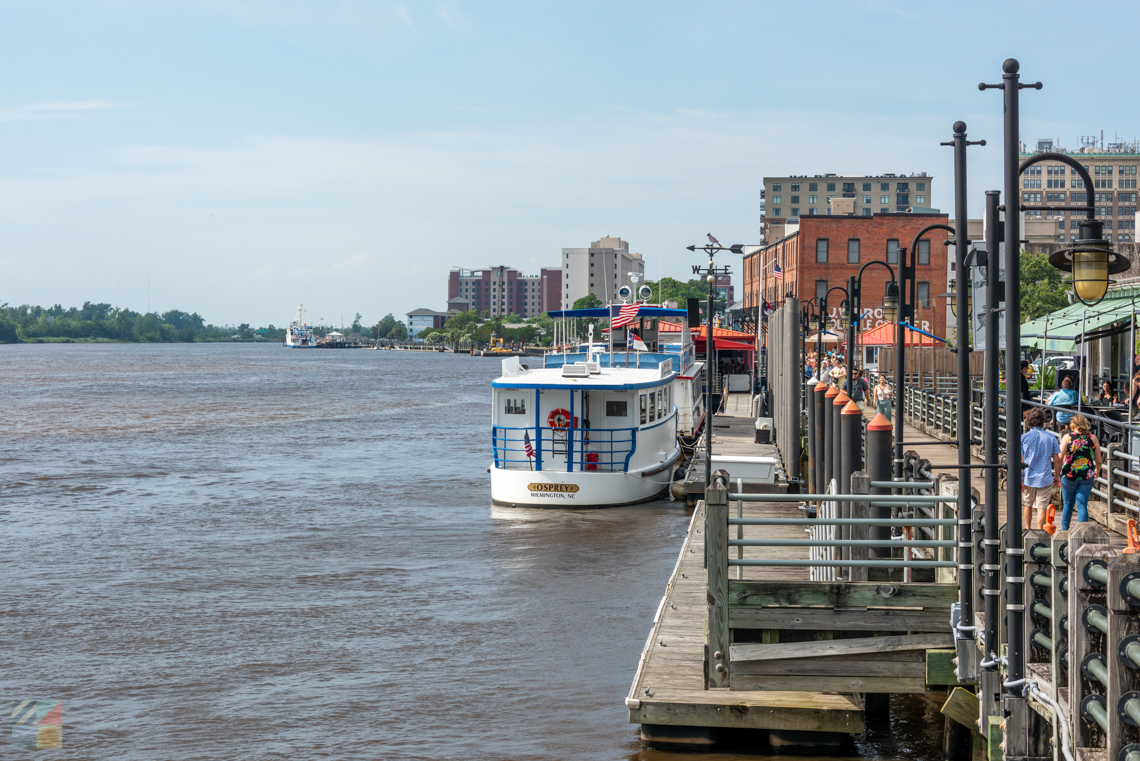The history of Wilmington is one of the biggest lures for vacationers, as this popular Port City has an undeniably fascinating background that can be effortlessly explored and uncovered today. From its early roots at the dawn of the Colonial era, to its tumultuous role in the Civil War, the story of Wilmington is always engaging and as distinctive as the cityscape itself.
The History of Wilmington
Wilmington was populated for centuries by various Native American tribes, but it first landed on the international map in the late 16th century, when it was pinpointed by various explorers, starting with Giovanni da Verrazano.
The area was officially colonized in the 1720s, when an English settlement was established in the area, and by the 1730s, the area along the riverfront was named “New Town” or “Newtown” as the local population grew. By 1740, the area had taken a new name – Wilmington – which was in honor of the Earl of Wilmington in England, Spencer Compton. The proximity to the Cape Fear River, which has always been one of Wilmington’s most important geographical attributes, helped the initial settlement grow into a busy port community, with new residents flocking to the area from colonies throughout North Carolina and South Carolina.
During the Revolutionary War, Wilmington’s importance as a commercial port and hub of commerce made it a crucial region for patriots defying the British Government, and the city was also home to a number of outspoken political leaders who rallied North Carolina. Unscathed after the Revolutionary War was over, Wilmington’s prosperity continued throughout that late 1700s and early 1800s, and in the 1830s, the town expanded its commercial hub by developing a railroad line that linked the town of Wilmington all the way to Raleigh, the state capital. The ensuing railroad, which was completed in 1840, became the longest single railroad track in the world at the time.
Wilmington continued its reign as one of the most important port cities in the country throughout he 1800s, which made it a vulnerable point of contention when the Civil War arrived. The port was strategically important as it served as an entry point for the majority of goods for the Confederate states, and as a result, Wilmington became a heated destination during the war years. For the majority of the Civil War, Wilmington was held by the Confederate states, and was even one of the most popular destinations for Blockade runners, but the town eventually fell to Union troops in 1865 after the Fall of Fort Fisher. The fall of Wilmington ultimately represented the fall of the South, as the war ended just months after Wilmington was captured.
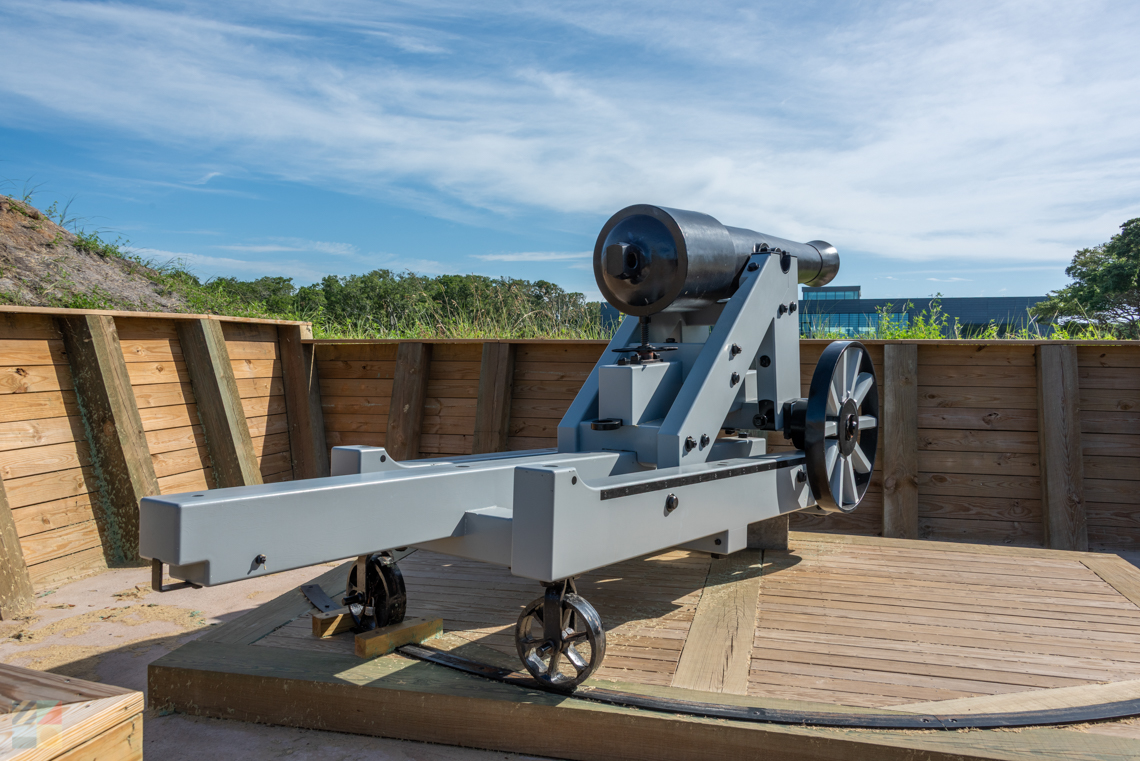
The Civil War wasn’t the only tumultuous time in Wilmington’s history, and The Wilmington Insurrection of 1898 proved that the racial conflicts in the Port City were far from over after the war. In 1898, two days after the election, more than 1,500 white men attacked and destroyed the only black newspaper in the state before spilling into the streets and wreaking havoc on black residents. An estimated 10-100 black residents were killed during the violent mob attacks, and no government officials or governmental body stepped in to prevent the atrocities or administer justice to the radical offenders. Today, the Wilmington Insurrection of 1898, (also known as the Wilmington Race Riots of 1898), remain one of the darkest chapters in the town’s history.
The 20th century brought two more wars to Wilmington’s home turf – WWI and WWII – as well as a boost in the local shipbuilding industry. The North Carolina Shipbuilding Company became quite prominent during the 1940s, and the State Port Authority was approved in 1945 and has remained a major factor in the region’s economy ever since.
In the latter half of the 20th century, Wilmington enjoyed a new boost of commerce through tourism, and when Interstate 40 opened in 1990, visitors from Raleigh and other parts of the state started to become the backbone of Wilmington’s local industries.
The Wilmington area also garnered the attention of Hollywood during the latter 20th century, and to date, more than 180 movies have been filmed in the area, at both natural outdoor settings and at the EUE Screen Gem Studios – the largest movie studio west of Hollywood.
Today, Wilmington is known for its antebellum and Civil War history, its role in famed movies and productions like Dawson’s Creek, Blue Velvet, or the aptly named movie Cape Fear, and its unique culture that combines college students, visitors, and working professionals. With historic downtown streets and landmarks that chronicle this rich history around every corner, the story of Wilmington is truly alive and well, and is waiting to be discovered.
Historic Sites, Attractions and Landmarks in Wilmington
Visitors who want to uncover more about Wilmington’s past will want to plan a trip to these sites and destinations where Wilmington’s many chapters are uncovered in vivid and fascinating detail.
Wilmington Historic District
The Wilmington historic district is one of the largest historic districts in the country, and extends for more than 230 city blocks, with more than 875 contributing buildings or structures, and 38 contributing sites. Visitors can tour the region through a self-guided exploration, or via a walking tour, boat tour, carriage / trolley tour, or one of the many other excursions and tours available through numerous downtown companies and organizations.
Cape Fear Museum
The Cape Fear Museum is the oldest museum in North Carolina, and was first founded in 1898 as the original “Cape Fear Museum of History and Science.” Today, the two-story structure is home to a wealth of exhibits on the region’s history, which included exhibits dedicated to Wilmington’s colonization, its role in the Civil War, and its development as a global port community.
Bellamy Mansion
Built just moments before the Civil War in 1859-1861, the Bellamy Mansion was the temporary home of Federal troops when they occupied coastal North Carolina, and was almost destroyed when it was burned during an infamous 1972 fire. Today, the home has been painstakingly restored and has been converted to a museum, complete with original slave quarters, a carriage house, and period gardens.
Airlie Gardens
The 67-acre Arlie Gardens was established as a private estate in the late 1800s / early 1900s for the wealthy Pembroke Jones family, and was converted to a public garden decades later, eventually becoming one of the region’s top attractions. Historic sites within the expansive gardens include original outbuildings and structures, historic sculptures, and a more than 500-year-old oak tree known as the famed Arlie Oak.
USS North Carolina Battleship
Built in the late 1930s and launched in 1940, the USS North Carolina Battleship was present in almost every major Pacific battle during World War II, and was awarded 15 battle stars during its tenure – more than any other battleship during the war. Decommissioned in 1947, the ship was saved and moved to Wilmington where it currently serves as a museum as well as a venue for a number of annual events and celebrations.
Burgwin Wright House and Gardens
Built in 1770 and listed on the National Register of Historic Places, the Burgwin Wright House and Gardens is a stunning example of Georgian architecture, and currently serves as a popular museum with rooms that are full or antiques and furnishings from the 1700s and 1800s. Self-guided and docent led tours of the property are regularly available, which includes an exploration of the decadent gardens. The home is also famed as the temporary headquarters for Lord Cornwallis during the Revolutionary War.
Wilmington Railroad Museum
Established in 1979, the Wilmington Railroad Museum pays homage to the city’s famous mid-19th century railroad system through a series of historic exhibits. Artifacts of note include an original locomotive, ACL boxcar and caboose stationed outside the former train depot-turned-museum, as well as operating scale model trains and a special kids’ center.
Poplar Grove Plantation
Located north of Wilmington and built by Joseph Mumford Foy in the 1850s, the Poplar Grove Plantation is a living history museum that chronicles what life was like in the 1850s. Visitors can tour antique-filled rooms, original outbuildings, and the 835 acres of landscaped grounds through guided tours or a casual exploration.
Latimer House Museum and Gardens
Built in 1852 by a successful Wilmington merchant named Zebulon Latimer, the four story Latimer House features 14 symmetrical rooms and more than 600 antiques and historical objects, such as furnishings, jewelry, kitchenware, and more. In addition to serving as a museum, the Latimer House has also been the home of the Historical Society since 1963.
Thalian Hall Center for the Performing Arts
Constructed in 1858 as Wilmington’s premiere opera house, the Thalian Hall Center for the Performing Arts is a classically beautiful venue which hosts hundreds of events throughout the year including concerts, film festivals, historical lectures, recitals, and much more.
The Cotton Exchange
Formerly home to the Cape Fear Flour and Pearl Hominy Mil which was established in 1884, The Cotton Exchange is a collection of eight brick buildings which currently house a collection of modern shops, boutiques and residents. Visitors can enjoy a day of shopping while touring the former warehouse, which boasts unique architectural details, courtyards, and prime views of the waterfront landscape.
Wilmington National Cemetery
Established just after the end of the Civil War, the Wilmington National Cemetery is the final resting place for Union Soldiers who perished during the attacks in the Cape Fear region. The cemetery is the permanent home to 557 soldiers who served during the war, as well as a total of 6,000 burial plots that include soldiers from virtually every American war and conflict.
Wilmington Riverwalk
A number of historic sites and attractions can be viewed via a stroll down the roughly mile-long Wilmington Riverwalk, including the USS North Carolina Battleship, The Cotton Exchange, the 1914 Murchison Building, and countless historic structures. Following the edge of the Cape Fear, the Riverwalk was constructed in the 1980s as an initiative to attract more tourism to the city.
Fort Fisher Historic Site
Located just south of Wilmington, the Fort Fisher Historic Site was constructed in the mid-1800s by the Confederacy to protect valuable Wilmington from Union forces. The earthen fort held for the majority of the war, and was finally lost to Union Troops in January of 1865. The remains of the fort are open for visitors, and the site also serves as the venue for occasional Civil War reenactments.
History is alive and well in Wilmington, and visitors will notice the town’s impressive roots as soon as they start an exploration of the historic downtown area, or plot a trip to any of the many museums and sites that dot the Cape Fear landscape.
Learn all about how Wilmington played a pivotal role through North Carolina’s history, and soak up the fascinating stories of the Port City on your next vacation for an in-depth and unforgettable discovery of this instrumental coastal destination.
Visitors who are on the hunt for the postcard-perfect vacation rental in the heart of the Carolina Beach or Kure Beach area will find an enticing selection and plenty of friendly customer service when they rent through Victory Beach Vacations. Based...
Welcome to the newly renovated Dry Dock Inn, your perfect Carolina Beach retreat. Just steps from the sand and boardwalk, our inn combines modern updates with coastal charm for an unforgettable stay. From effortlessly comfortable individual rooms to...
There’s an ocean of adventures waiting for visitors at the Jungle Rapids Family Fun Park. Featuring a full range of entertainment options including a water park, mini golf course, go karts, arcade, and so much more, veritably every visitor...
Wilmington originated as a port city, and its reputation as a haven for vessels of all sizes has lasted throughout the generations, making it one of the most popular boating destinations in southeastern North Carolina. From unique cruises of the...
Shell Island may not be a familiar term for new visitors to Wrightsville Beach, but it’s certainly well-known among locals and historians who like to explore the original roots of the area. Referring to the northern tip of Wrightsville Beach...
The history of Wilmington is one of the biggest lures for vacationers, as this popular Port City has an undeniably fascinating background that can be effortlessly explored and uncovered today. From its early roots at the dawn of the Colonial era, to...
While Wilmington visitors will arguably enjoy the best views of the Cape Fear River, this distinctive river actually spreads out throughout most of the coastal and piedmont regions of North Carolina, originating in the town of Haywood, just north of...



